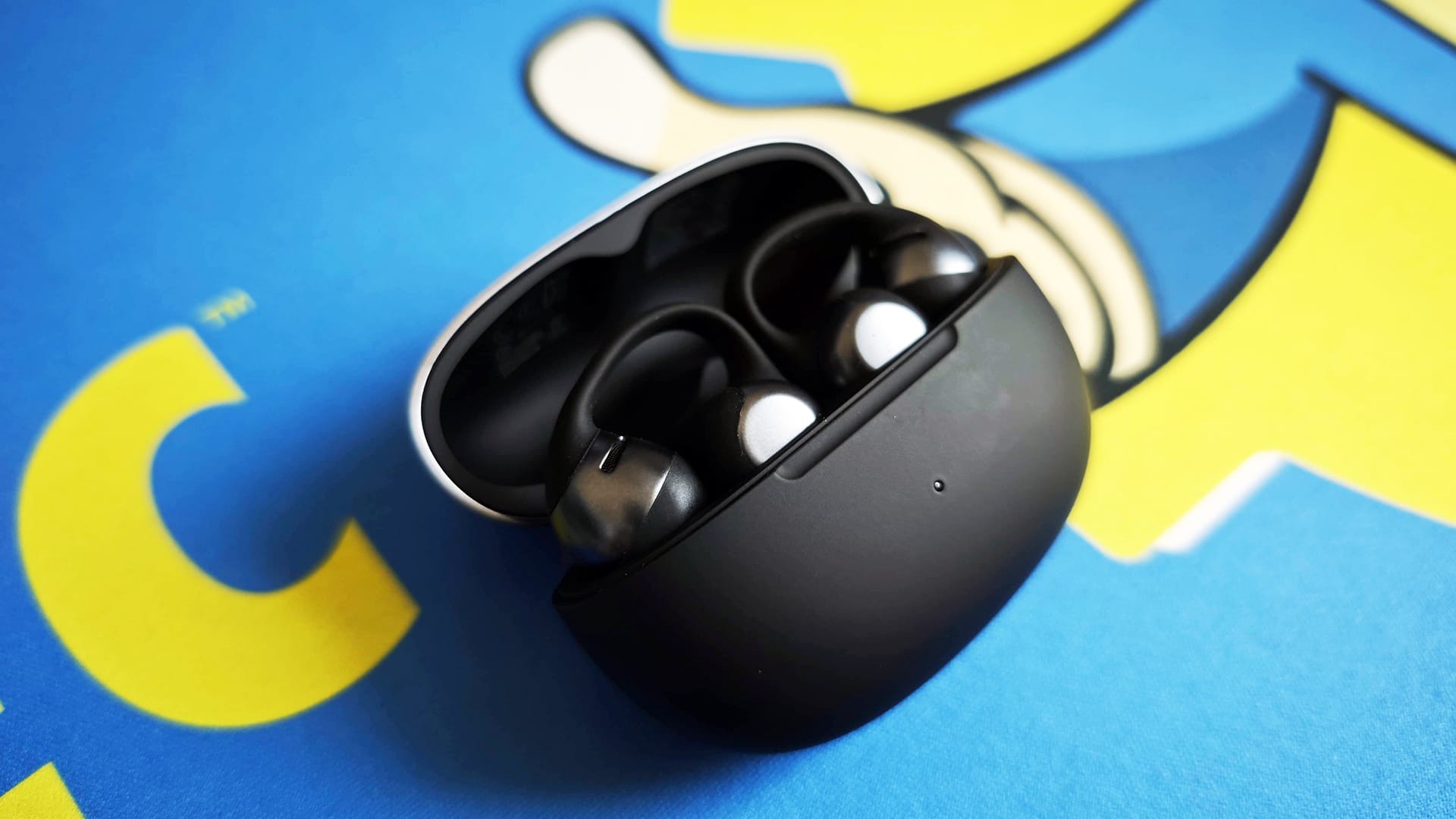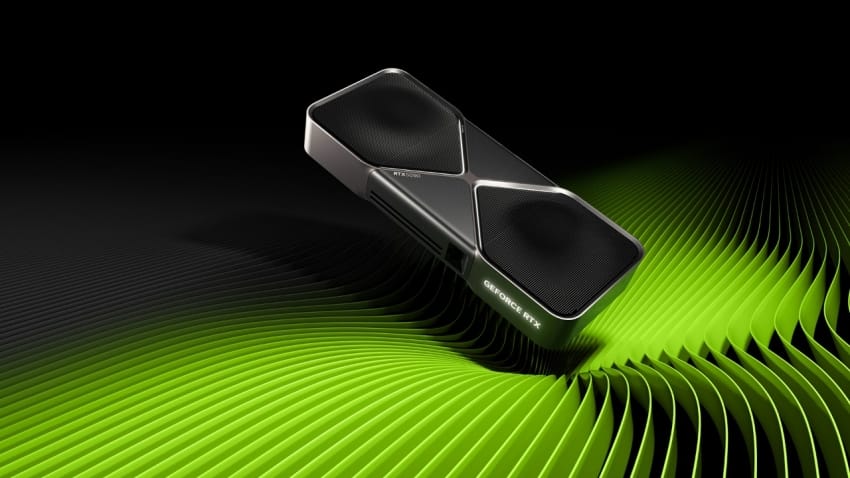Open-ear earbuds have been having a moment lately, and Shokz—the company well-known for its bone-conduction earphones—is trying something different with the OpenDots One. Now, I will admit I am not very familiar with the Shokz brand, which is primarily known for fitness headphones, and if you saw me in real life, you would know exactly why.

Shokz OpenDots One
The Shokz OpenDots One deliver exceptional comfort, impressive sound quality, and excellent battery life - making them an easy recommendation for anyone serious about open-ear form factor.
Pros
Extremely lightweight and comfortable for extended wear
Excellent sound quality with well-balanced bass
40hrs total battery life
Well-designed and compact case
Wireless charging
Cons
Average mic quality
Limited app features compared to competitors
With the OpenDots One, Shokz ditches bone-conduction tech for an increasingly mainstream clip-on design with dual 11.8mm drivers in each bud, up to 40 hours of total battery life, wireless charging, and a lightweight build.
At AED 749, they are positioned as a direct competitor to the Bose Ultra Open Earbuds but cost significantly less (AED 1199) while offering better battery life. The big question is whether Shokz can deliver on sound quality and comfort to match that premium positioning—and from what I have experienced, they absolutely do.
Design and Features
Let’s start with the charging case. It’s properly small and compact - especially compared to the chunky boxes that sports-loop open-ears usually come with - and I really like the two-tone finish with shiny plastic up top and smooth matte on the bottom. It will catch smudges and scratches, though, so you might want to be careful with it a little bit.
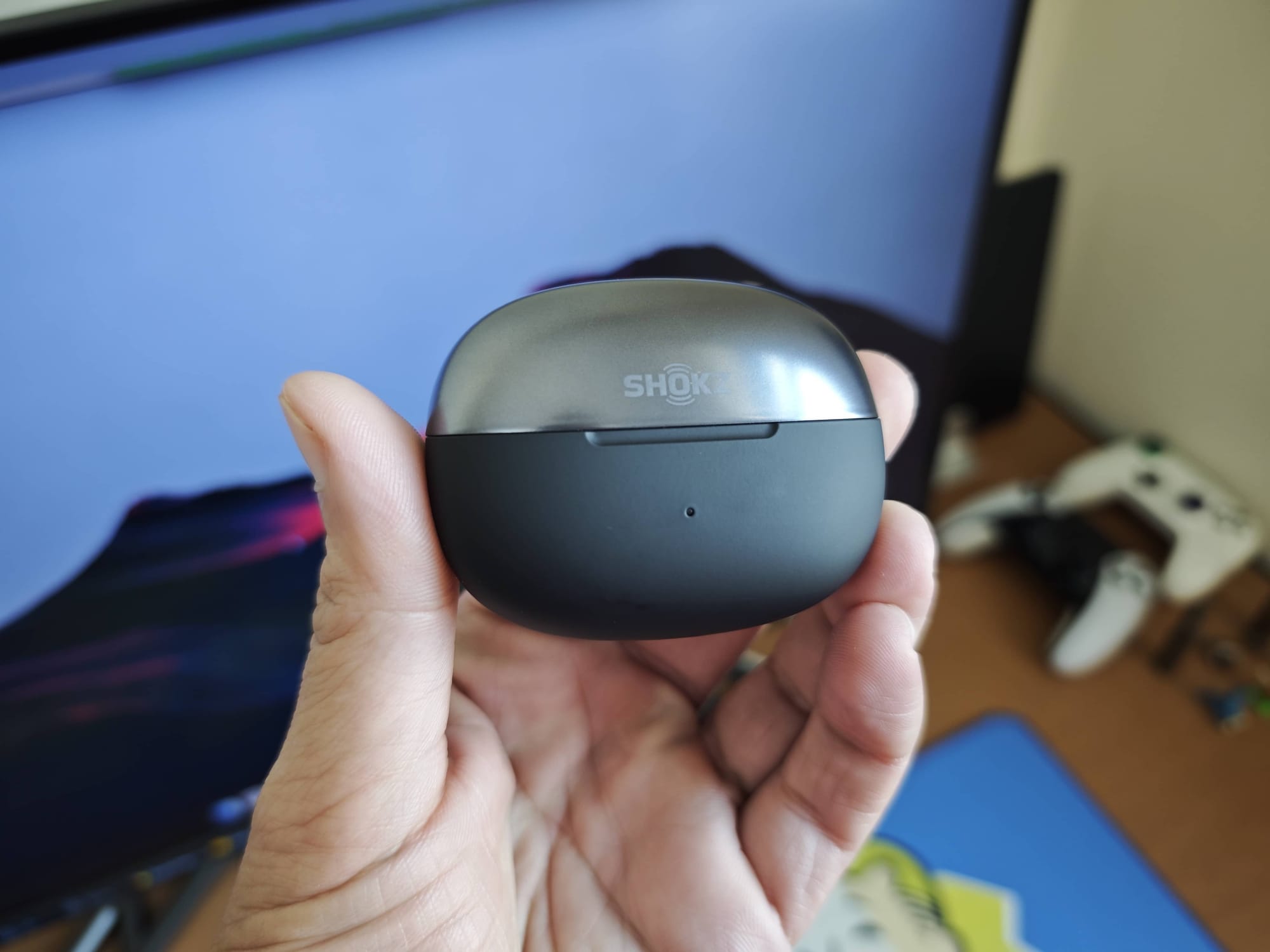
The lid opens with a nice smooth action and snaps shut with a satisfying thump (always appreciate nice aural feedback, I do) and has just enough resistance that it feels solid without being stiff. The case feels sturdy and well-built, and appropriate for the price.

Pop it open, and the earbuds sit inside, held in place by strong magnets. Each bud weighs just 6.5 grams, and the whole case comes in at 52 grams.
The earbuds themselves use a clip-on design that hooks onto your ear cartilage, while the driver sits just outside of your ear canal. The connecting arm—Shokz calls it the “JoinArc” (sounds straight out of Halo)—is made from a nickel-titanium alloy, so it’s flexible and durable and keeps its shape after months of use. Shokz claims it’s been tested through over 5,000 bending and twisting cycles, and while I wasn’t about to personally verify that, so far it’s held up pretty well.
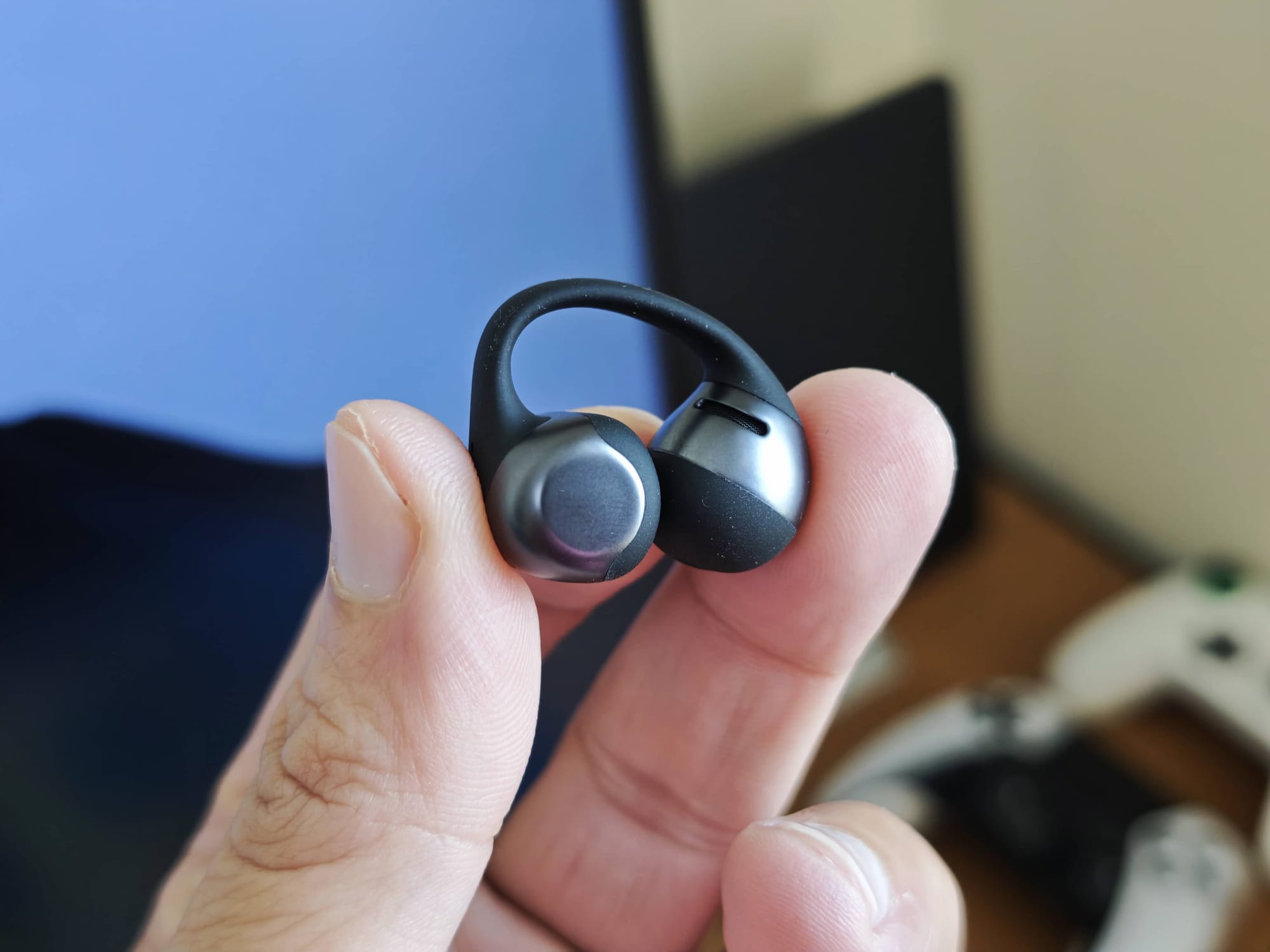
Here’s a feature I didn’t think I would care about but actually find quite handy: the OpenDots One are completely interchangeable. There’s no left or right bud - just clip either one onto either ear and they automatically detect which side they are on and adjust the audio accordingly. You can even toss them into the case any which way, too. It’s one of those small conveniences that removes a tiny bit of daily friction, and I appreciate it more than I expected to.
As for the comfort, this was where the OpenDots One really impressed me. I wore them for an absurdly long stretch one day - went for a long walk, came home, did some work, watched a bit of TV, knocked out some household chores - and completely forgot I had them on. It wasn’t until I went to grab the case to put them on later that I realised they had been sitting on my ears the entire time. Suffice to say, they are quite light and unobtrusive.
I also put them through some gym sessions with cardio and weight lifting to see if they would stay put. They did, without feeling loose or like they might fall off at any moment. The soft silicone coating on the exterior helps with grip, and the design distributes whatever minimal pressure there is evenly enough that you never get the pinching sensation some clip-ons might cause.
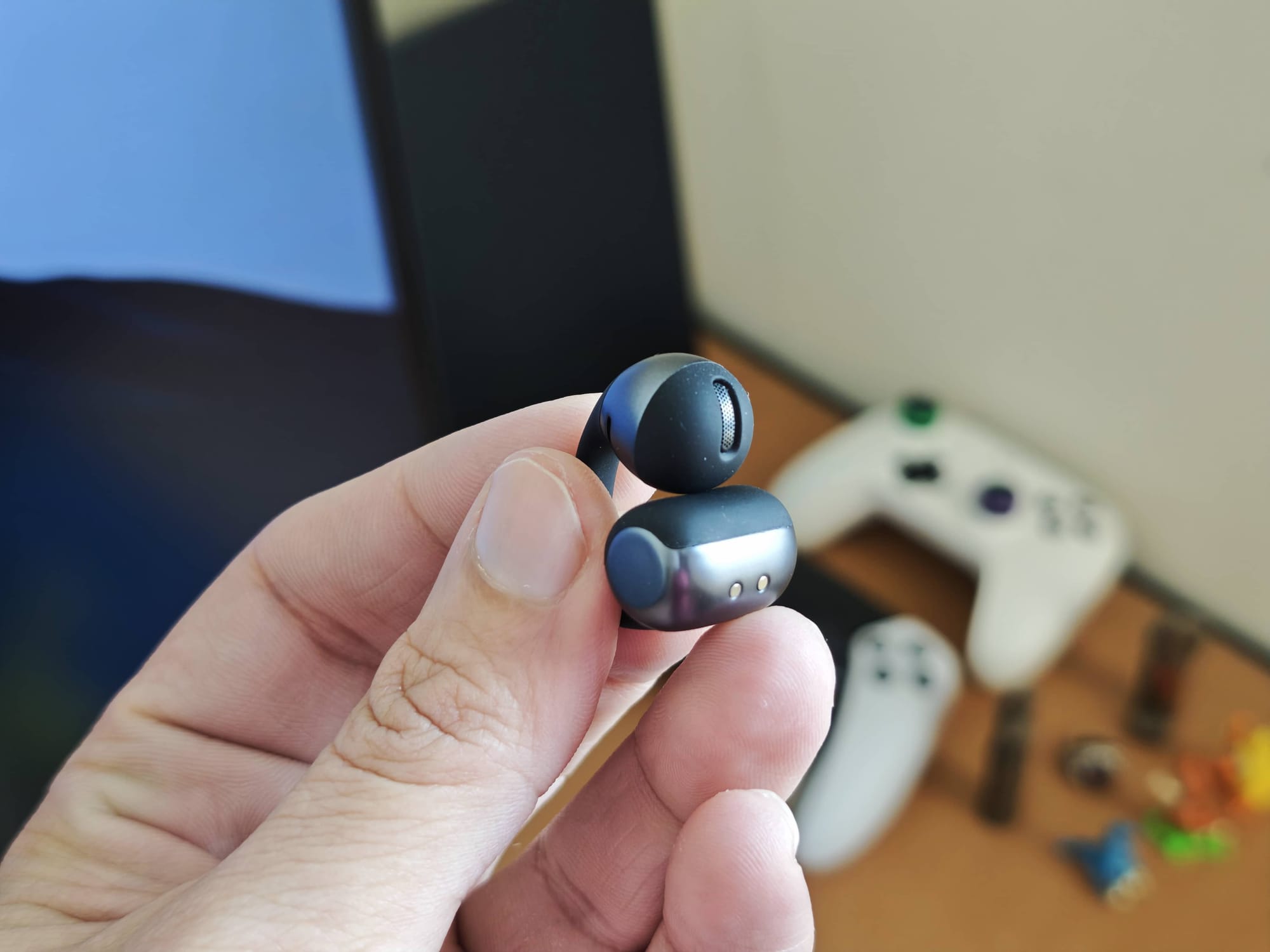
The OpenDots One carries an IP54 rating, which means it will handle sweat and light rain without complaint—might not want to go swimming with them, though. The charging case isn’t waterproof, so be careful with it.
For controls, Shokz went with a touch-based system on the JointArc and battery compartment (the one that sits behind your ears). You have got double-tap, triple-tap, double-pinch, or pinch-and-hold for different functions -playback control, call handling, volume adjustment, that sort of thing.
It takes a bit of getting used to—not only because there is no single-tap function, but also because finding the area to tap on the JoinArc takes some time. The first couple of days, I couldn’t get it right, but the key is to tap the silicon strip right around the edges of your ear. Once muscle memory kicked in, it worked without issues. The Shokz app lets you customise what each gesture does, which helps.

Speaking of the app, it’s clean and gets the job done. You get four preset EQ modes - Standard, Vocal, Bass, and Private (to reduce audio leakage due to the open-ear design) - plus the ability to create custom profiles. However, the custom EQ only features five bands to tune, which is quite basic for a premium product like this.
There’s also multipoint Bluetooth pairing, a Find My Earbuds feature, wear detection settings, and the option to enable Dolby Atmos. It’s not the most feature-packed app I have encountered, but it covers everything you would reasonably need.
Audio Performance
The Shokz OpenDots One packs dual 11.8mm drivers arranged in what Shokz calls “Bassphere” technology - essentially a spherical module designed to replicate what you would get from a larger 16mm driver.
There’s also DirectPitch 2.0 technology working in the background to minimise sound leakage, so people around you aren’t forced to listen to whatever you are listening to (although some sound leakage is present).

Now, open-ear earbuds typically struggle with audio performance, though companies have made meaningful imporovements. It’s just the nature of the design— sound escapes, bass struggles to make an impact, and you are constantly fighting against whatever ambient noise is around. The OpenDots One manages to sidestep most of these issues.
The bass is probably the standout element here. There’s plenty of it (of course, not as rich as sealed earphones), and more importantly, it’s well-controlled. It’s punchy and present without drawing out everything else or collapsing into muddy thumping.
The mids are forward and clear, cutting through the low end nicely to deliver crisp vocals and dialogues. Highs have good detail and sparkle, but are smoothed enough that you don't experience ear fatigue during longer listening sessions.
The soundstage is a bit more intimate than you might expect from an open design, but it’s still spacious enough to make movies and TV shows engaging. Sound effects hit with satisfying punch, and dialogues stay clear even when there’s a lot going on.
The OpenDots One stumbles slightly when it comes to volume quantity. With Dolby Audio turned off, the maximum volume feels more restrained, particularly outdoors. Indoors, it’s plenty loud in quieter environments. Walking on busy streets, I found myself wishing for just a bit more oomph to cut through the noise, especially when listening to podcasts.
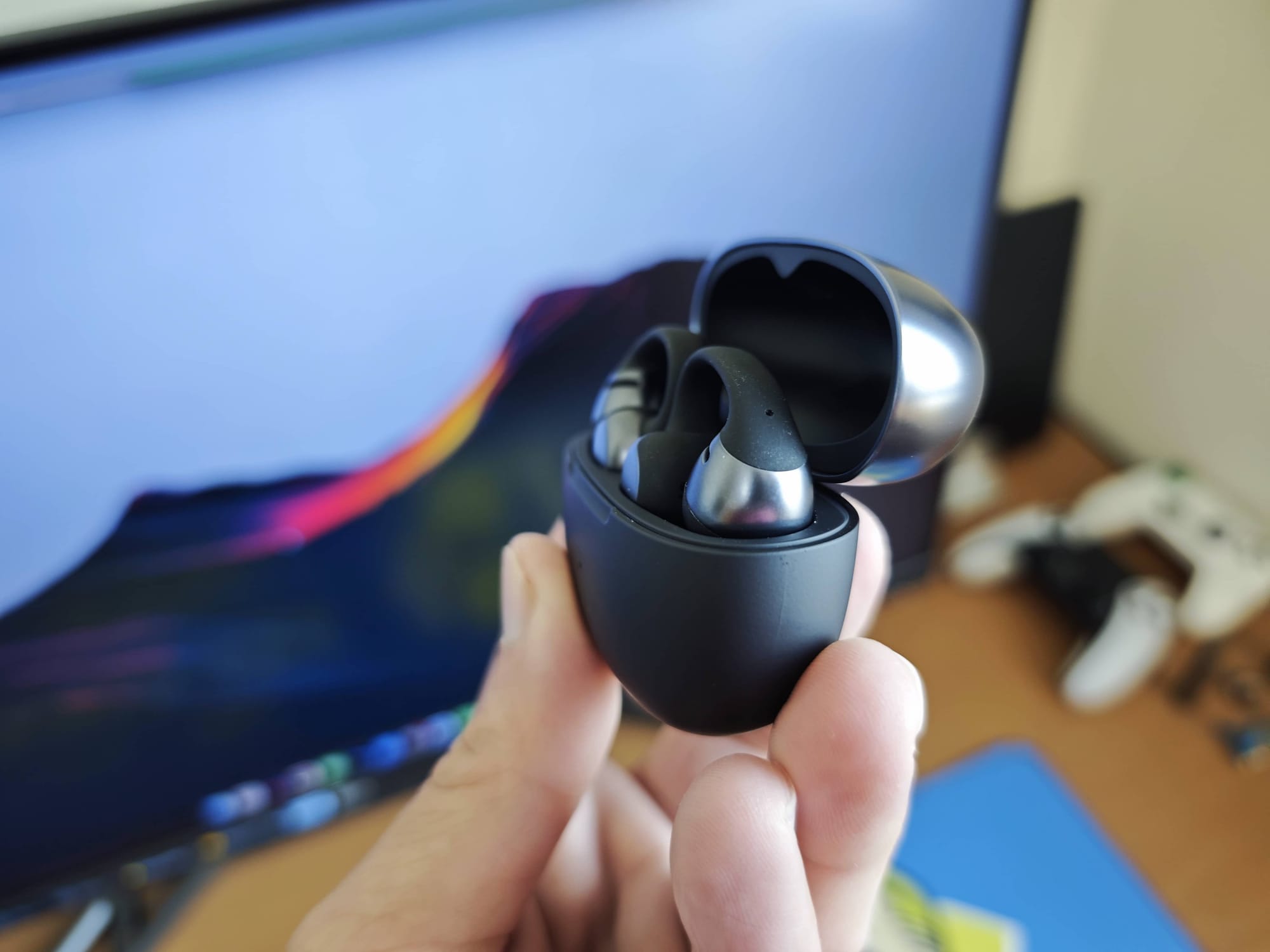
Turn on Dolby Audio, though, and it’s a different story. The volume increases substantially, the soundstage expands noticeably, and you get a decent surround-sound effect. The bass and other frequencies stay well-balanced, avoiding a hollow or artificial sound, which is often what happens when you engage spatial audio features.
The only trade-off is that vocals—particularly in podcasts—can sound slightly stretched or processed. I adjusted to it pretty quickly and vastly prefer the sound with Dolby Audio enabled, but it’s worth noting if you are sensitive to that kind of processing.
Call quality is…fine. The microphones capture your voice clearly enough to get through calls and meetings, but there’s noticeable compression and a hollow quality to the sound. If you are planning to record voice memos or do any sort of content creation with these, they won't cut it. For standard phone calls, though, they will do the job just fine.
Battery Life
Battery performance is one area where the OpenDots One is pretty solid at. Shokz rates them for 10 hours of continuous playback on a single charge, and my testing suggests that figure is pretty accurate. The charging case adds another 30 hours on top of that, bringing the total to 40 hours before you need to hunt down a charging cable.
There’s also a quick charge feature where 10 minutes gets you about 2 hours of listening time, which is perfect if you are someone who forgets to charge things in time and needs a quick top-up. The case also supports wireless charging with Qi support for easy charging.
Should You Buy the Shokz OpenDots One?
The Shokz OpenDots One makes a solid case for what premium open-ear earbuds should be. They are exceptionally comfortable, and the secure fit means they will stay put through workouts and daily activities.
Sound quality is impressive for the form factor, with well-controlled bass, clear mids, and detailed highs that punch well above what you would typically expect from an open-ear design. The compact charging case is easy to carry around, battery life goes the distance, and the app provides enough customisation without overcomplicating things.
At AED 749, they are not cheap, but they deliver where it counts and undercut their main rival by a significant margin while matching or beating them in several key areas.
Subscribe to our newsletter to get the latest updates and news

